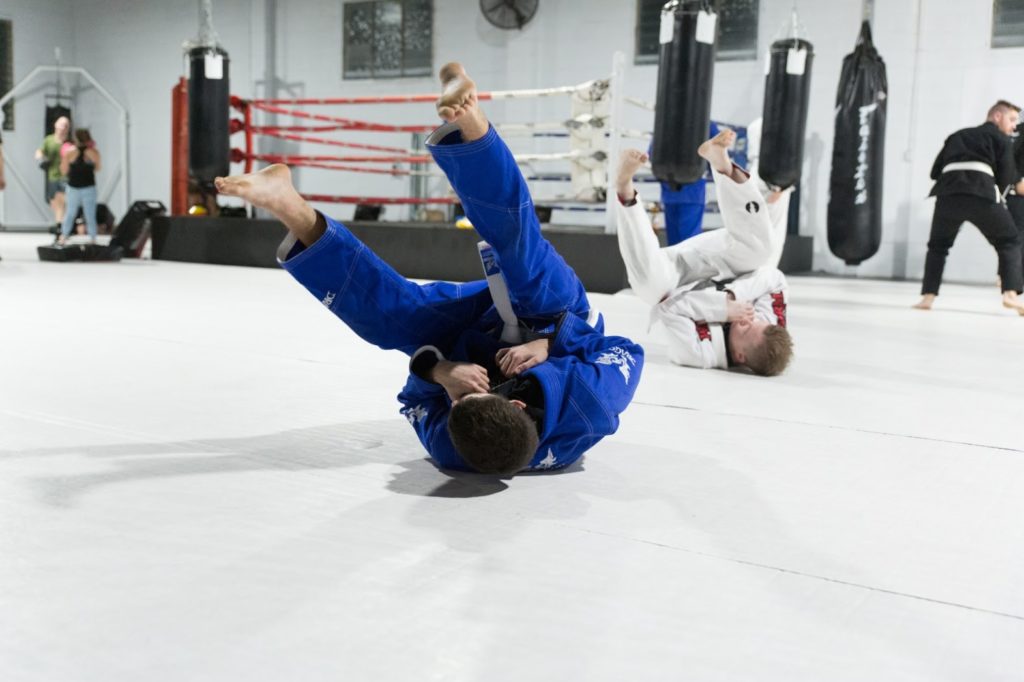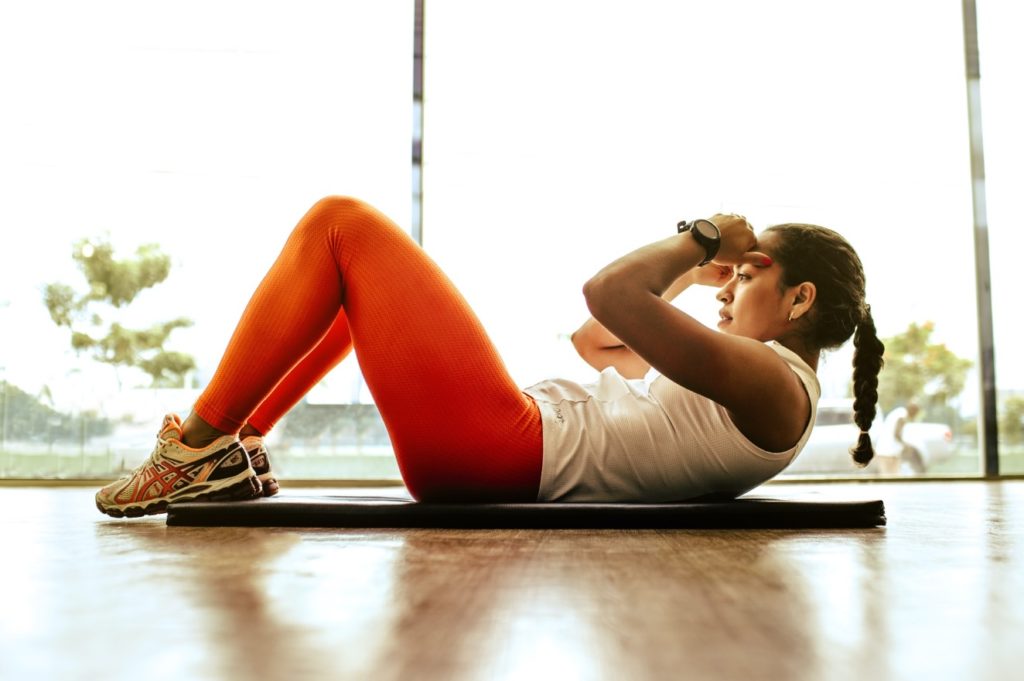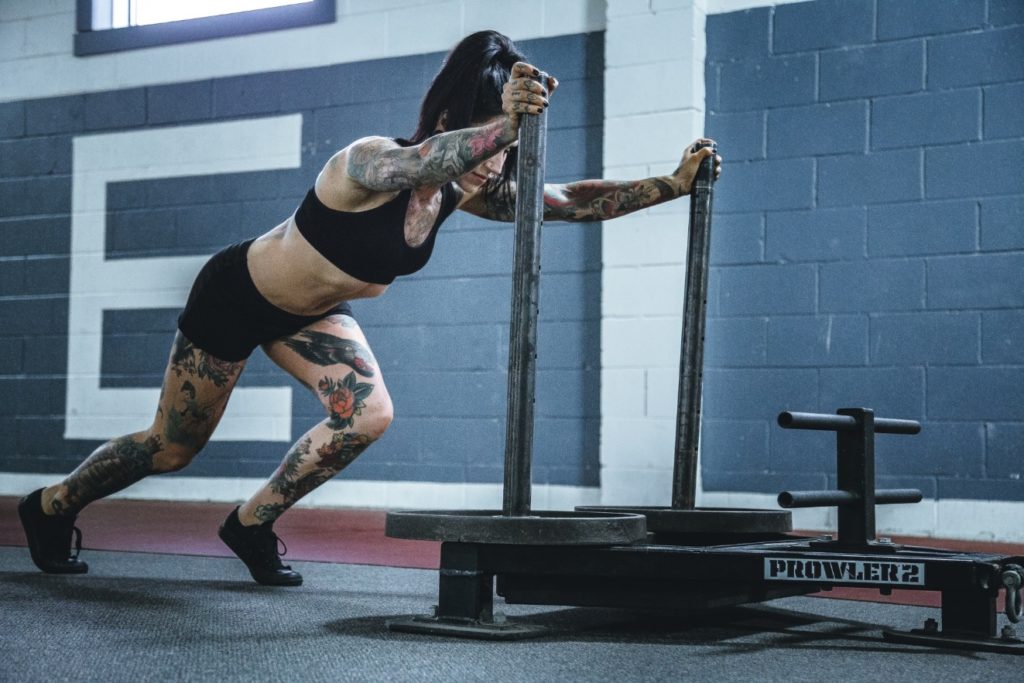Let’s talk about strength and conditioning. What’s the first thing that comes to mind? For most, it’s weight training. It’s important to realize that strength and conditioning has many facets, though. Contrary to popular belief, weights are only one of them.
In truth, you can strengthen and condition your body without the use of weights at all. That is to say, you can use your body weight to construct training plans to get you to your best functional state.
In this article, we’ll go over strength and conditioning, as well as some sample workout routines you can do at home.
-
What is strength and conditioning
Strength and conditioning workouts were initially designed to develop sports performance in athletes. Sooner or later, it expanded beyond athletic conditioning and into the mainstream.
Bodybuilding programs tend to be relatively static in nature. It’s still a pretty popular route to go. (After all, you can’t go wrong with the basics.) But we can’t deny that functionality has been gaining more appeal. And, as a results, more gym goers are getting into strength and conditioning programs.
The body’s gains depend on the types of exercises it is doing.1 With this in mind, strength and conditioning programs incorporate functional, day-to-day movement to enhance the body’s operational strength and stability.
These movements include pushing, pulling, twisting, as well as lifting in multiple planes of motion. In more advanced programs, their programs even include exercises such as wall and rope climbing.2
-
Bodyweight Training vs Resistance Training
Strength and conditioning programs can be bodyweight-based, resistance-based, or a mix of the two. Each has its own sets of pros and cons, and picking the type of program to do can entirely be a matter of preference.
Photo by Jonathan Borba
As the name implies, bodyweight training means that you build strength by working out using the body’s own weight.3 There are two popular forms of bodyweight training: calisthenics and plyometrics.
Calisthenics is a fundamental group of exercises characterized by low-impact action. These exercises focus on strength and basic movement, performed rhythmically. Push-ups, squats, and sit-ups are well-known examples of calisthenics. With calisthenics exercises as its base, plyometrics take these exercises a step further. Plyometrics incorporate agility and explosive movement to create high-impact exercises. Some examples are burpees, jump squats, and plank jacks.4
Photo by Alora Griffiths
Resistance training is otherwise called weight training. As the name implies, this group of exercises basically involves the use of free weights and other heavy gym equipment. Of course, there are pros and cons to weight training in martial arts.
One of the biggest advantages, for example, is that your strength skyrockets, and you build muscle mass. However, muscles are heavy. Increased muscle mass can make your movements sluggish and make cutting weight much harder as a result.
In any martial arts discipline, strength and power are good, but the proper execution of strategy and technique is paramount. Training typically makes use of bodyweight exercises incorporated with discipline-specific drills. Such routines help strengthen and condition the body and master the execution at the same time.
-
Home Bodyweight Workouts for Strength and Conditioning
Here are some bodyweight workouts you can try at home:
3 Sets with 30 seconds rest between exercises
- 20 Wideout squats
- 10 Push ups
- 20 Mountain Climbers
- 10 Burpees
- 20 Sit ups
- 10 Supermans
Why not add some boxing in?
3 Sets with 30 seconds rest between exercises
- 2 minute Shadow boxing
- 10 Burpees
- 20 Sit ups
- 10 Pull ups
- 20 Dips
- 50 Star Jumps
Finally, finish with some footwork ladder drills. Try some of these:




